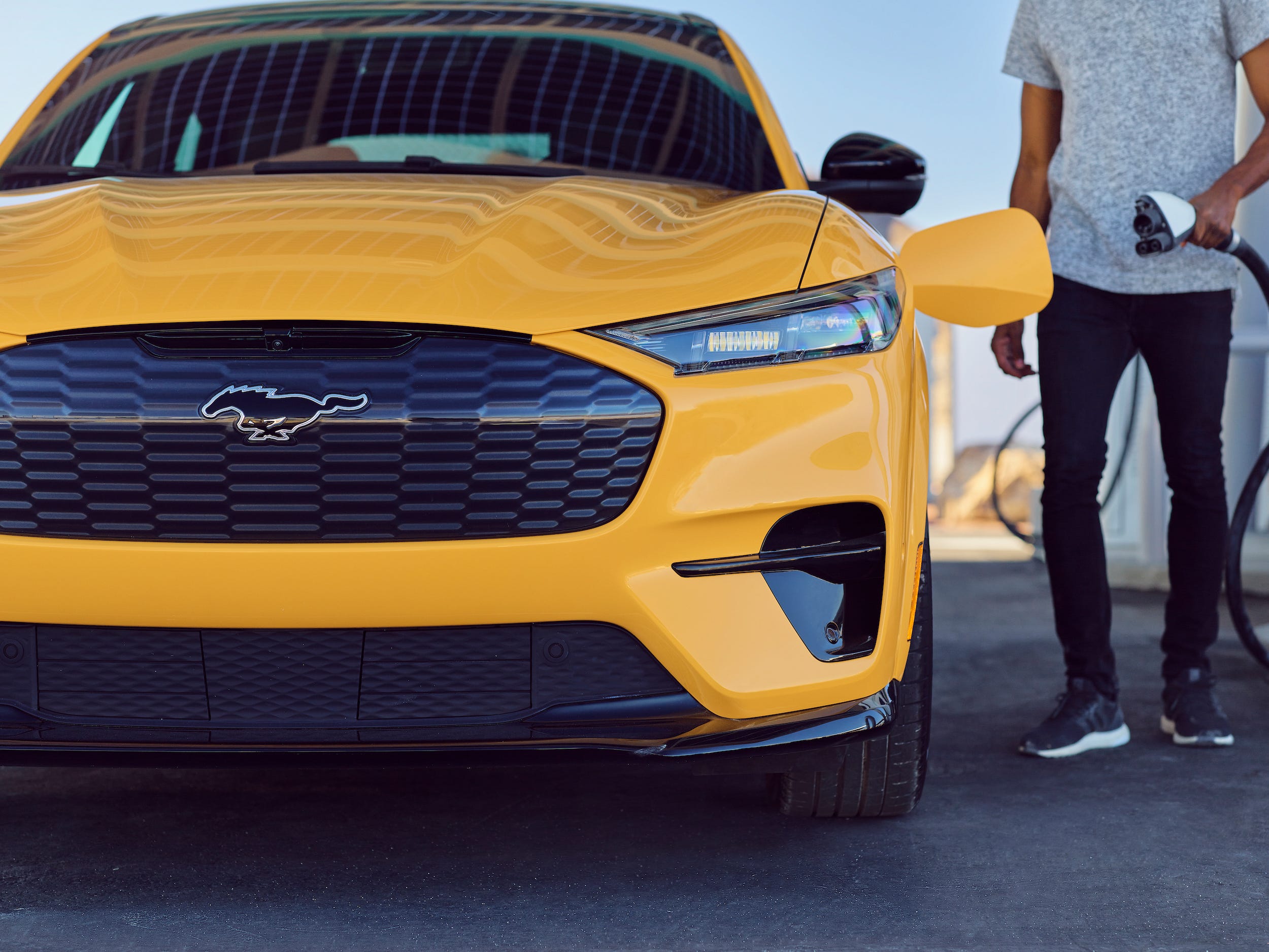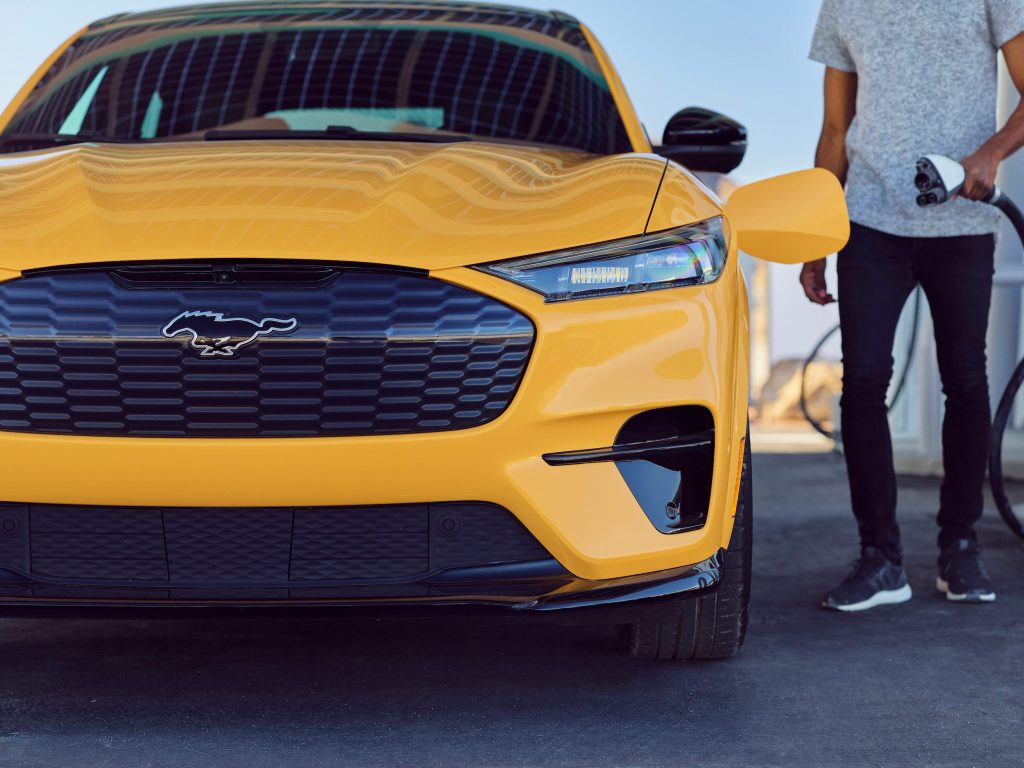
Ford
- With fewer new vehicles to sell, car companies are getting more money for the ones they make.
- One consultant told Bloomberg that US automakers are receiving up to $10,000 more on trucks and SUVs.
- Ford's CEO previously said the pricing power is "breathtaking" and is changing production strategy.
The most elementary tenet of economics is the relationship between supply, demand, and prices. If there's suddenly less of something that a lot of people want, it's going to get more expensive.
At the same time, having competition in the marketplace encourages suppliers to increase supply and lower prices in order to win a larger share of buyers in the market.
Indeed, that is the game that Ford, General Motors, and the predecessors of Stellantis have been locked in for decades, with each making as many cars as they could hope to sell and cutting prices with incentives and deals to attract customers.
This year's shortage of semiconductor chips turned all of that on its head.
Faced with very real constraints on this necessary component, automakers were forced to make fewer vehicles with the chips they did have. Naturally they chose to prioritize those models that had the highest demand and made them the most money.
At the same time, the reduction in the supply from all brands meant that dealers could make a sale without the traditional haggling over the vehicle's sticker price. The result has been a boon for automakers.
Mark Wakefield, a consultant with AlixPartners in Detroit, told Bloomberg that US car companies are now making $3,000 more per car than average, and up to $10,000 more on certain pickups and SUVs.
One dealer who sells upgraded pickups in Ohio told Morning Brew that his dealership recently closed a deal in 52 minutes that would have taken four hours before the chip shortage.
"The surprising part is the average selling price on those trucks is close to $100,000, and the consumer demand has still been sky-high," the dealer said.
Ford CEO Jim Farley said in June this new pricing power was "breathtaking" and indicated that the company wouldn't be returning to the days of guessing over how many cars it should produce and then marking them down until they sell. GM CEO Mary Barra has also said that customer orders will play a larger role in her company's production strategy.
Kevin Tynan, an autos analyst for Bloomberg, told Insider earlier this year that the industry has been trying to get off of the incentives and discounting model for decades.
"They don't totally hate this," he said, referring to the shortages. "Moving forward you're probably going to get more an industry more like what we're seeing now, where supply is a little bit more managed and incentives are not as aggressive as they've been."
In order for inventory to remain low and prices high after the the chip-supply problems are resolved, the automakers will be bound up in a version of one of economists' favorite games, "The Prisoners Dilemma," forced to cooperate, Wakefield says.
Once that ends, the first company to sacrifice profits to gain market share will likely cause others to follow suit and they'll be right back where they were before the pandemic. (As a reminder, Federal law prohibits the companies from organizing to coordinate their strategies.)
Tynan expects the better margins automakers are enjoying this year will convince them to leave the old model in the past.
That may be good news for automakers and investors, but that also means consumers can expect to continue to see fewer options, higher prices, and a tighter used vehicle market going forward.

